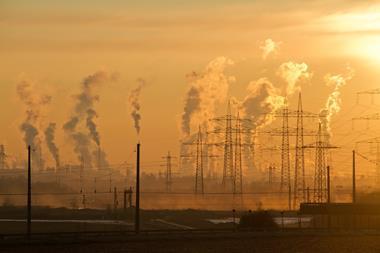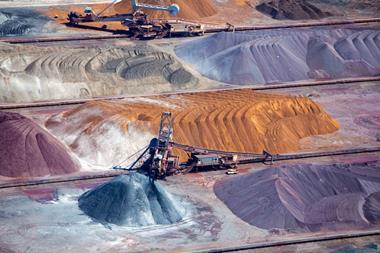EUROPE - Carbon indices serve as a straitjacket, according to Carlos Joly, chairman of the climate change scientific advisory committee of Natixis Asset Management.
Joly also said such indices were only of limited help to investors wanting to integrate environmental, social and governance (ESG) criteria in their portfolios and called for legislation and called for legislation forcing pension funds to conduct their own credit ratings, as well as limits on passive investing.
Speaking to IPE after the IPE/TBLI ESG Leaders Awards, Joly said that while passive index-investing made sense at a time when the markets only rose, the reality of the twenty-first century was different.
"Pension funds should take an active scenario approach based on climate change and other macro trends, form their own judgment and make allocations that are very different from the indices.
"Indices reflect the past, not the future. They are a straitjacket, which prevents investors and their managers from making intelligent decisions based on where the world is going."
Carbon indices overall tend to have the same country and sector exposure as their mainstream counterparts. Joly questioned why an investor would want to replicate the performance of the standard indices rather than seek diversification.
He added that legislation should be introduced to force the largest pension funds to conduct their own credit ratings, as well as introduce limits on the amount of passive investments these large pension funds are allowed to conduct.
Joly cited three basic flaws in the concept of carbon indices, criticising the way carbon footprinting is measured, as well as misconceptions surrounding carbon indexing.
"Carbon footprinting is based on the premise that measuring the carbon emissions of firms has a lot of relevance to an investment proposition," he explains.
"But this only comes true when the price of emissions rises to such an extent that it significantly impacts the valuation of stocks. Unfortunately, the political world does not give us much reason to believe that the price of carbon will go up by that much."
Joly also said it was a mistake to expect the impact of the carbon variable to be significant enough to change the valuation of companies in many sectors.
"The reality is that even in many of the high carbon sectors like steel or cement, the dispersion between the best and worst carbon emitters is not that big," he says.
He added that more significant factors to the health of a company were still its balance sheet as well as the markets it targeted.
"Thirdly, carbon indexing implies that investors would need to lower their exposure to high carbon-emitting sectors, such as steel and cement-making," Joly continued.
"However, it is precisely those sectors that are needed in the climate change adaptation process in order to build flood defences, repair infrastructures and improve housing standards," he said.
"Even if tough post-Kyoto international agreements were reached, the amount of carbon already in the atmosphere would have a severe impact over the next one hundred years.
"That is why there need to be huge investments in climate change adaptation, irrespective of the carbon price."












No comments yet